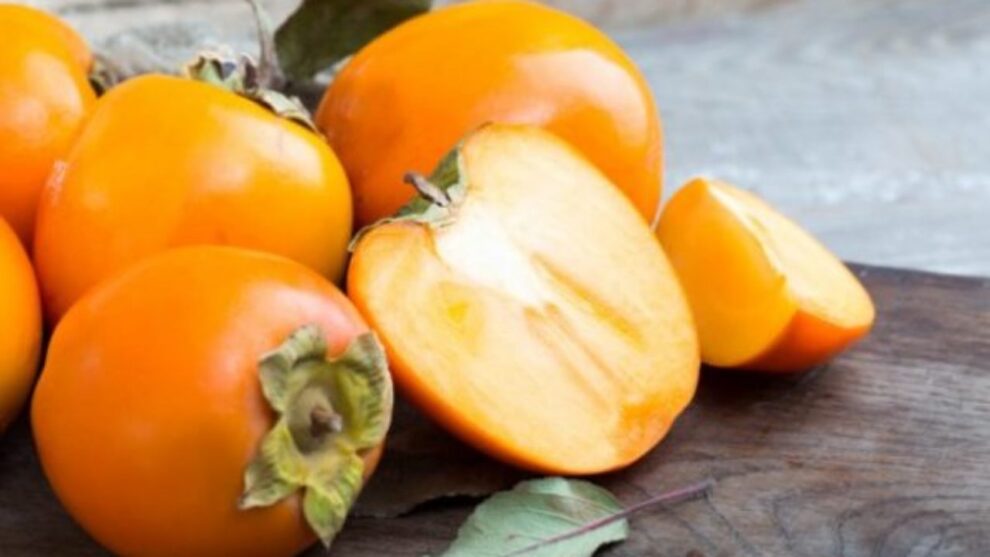Why has it become almost precious and what can be done to make the astringent persimmon sweet?
The persimmon harvest has ended in Tajikistan. Because of its bright orange fruits, persimmons are figuratively called the sunny fruit. And soon they will also call it precious…
Why are persimmons so expensive this year?
The current persimmon season differs from previous ones in the low yield and high prices for these products. Every year during the season, the retail price for 1 kg of persimmon did not exceed 3 somoni. But the abnormal cold observed in Tajikistan at the beginning of the year caused great damage to persimmons, along with grapes, figs, and pomegranates.
As a result, the price of this fruit breaks records in the domestic market – a kilogram of persimmon in various retail outlets in the country reaches 15 somoni.
In 2022, Tajikistan exported more than 2 thousand tons of fresh persimmons worth $422 thousand. Tajikistan is not among the top producers of persimmons, annually growing around 30 thousand tons according to unspecified data.
Need more persimmons
There are few persimmon plantations in the republic. One of the small gardens is located in Tursunzoda.
“My garden is over 30 years old. Caring for persimmons is not easy; they love moisture,” says Azizbek. “With a lack of water, the leaves dry out early and the fruits fall unripe.”
Azizbek has 5 types of persimmons growing in his garden. According to him, all varieties and types of this fruit can be divided into two groups – sweet and tart.
The most popular are king or chocolate. There are other varieties of sweet persimmons.
And tart varieties require special care. After harvesting, they must be stored until complete biological ripening; the astringency of the fruit disappears during the process of storage and softening of the pulp.
According to the ripening period, there are early, middle and late ripening varieties.
The collection begins in October and continues until early December.
Persimmon begins to bear fruit at the age of three. And starting from the age of 10, each tree can produce 200-300 kg, there are also record trees that can produce up to 700 kg of fruit.
Persimmon on the world market
About 5 million tons of persimmon are produced annually in the world. But the world market for this fruit has seriously declined over the past 5 years.According to FAO data for last year, the main suppliers of persimmons to the world market were China (3 million 429.4 thousand tons), South Korea (200.6 thousand tons), Azerbaijan (192.4 thousand tons), Japan (187 .9 thousand tons) and Brazil (170.2 thousand tons).
Persimmons are grown on a small scale in Tajikistan, Turkmenistan and Georgia.According to FAO forecasts, the world persimmon market will grow starting next year; until 2028 it could reach 6.16% per year.
Fact about persimmon
Persimmon is a long-lived tree. With good care and a favorable climate, it can live up to 500 years. This tree belongs to the ebony genus. Ebony has always been considered noble, and its wood was highly valued.
The famous black ebony is obtained from persimmon wood. Ebony wood products are very expensive. A small figurine can cost several tens of thousands of euros or dollars.
In nature, there are about 300 species and varieties of persimmon.
What to do if persimmon knits?
Few people like astringent, unripe persimmons. If you bought such fruits, you can bring them to maturity at home.
It is best to put persimmons in a dark bag along with bananas and apples – this way they will become soft and sweet in 3-4 days. You can also put the fruits in the freezer for a day or, conversely, in warm water for 12–14 hours.
Source: Asia Plus TJ















